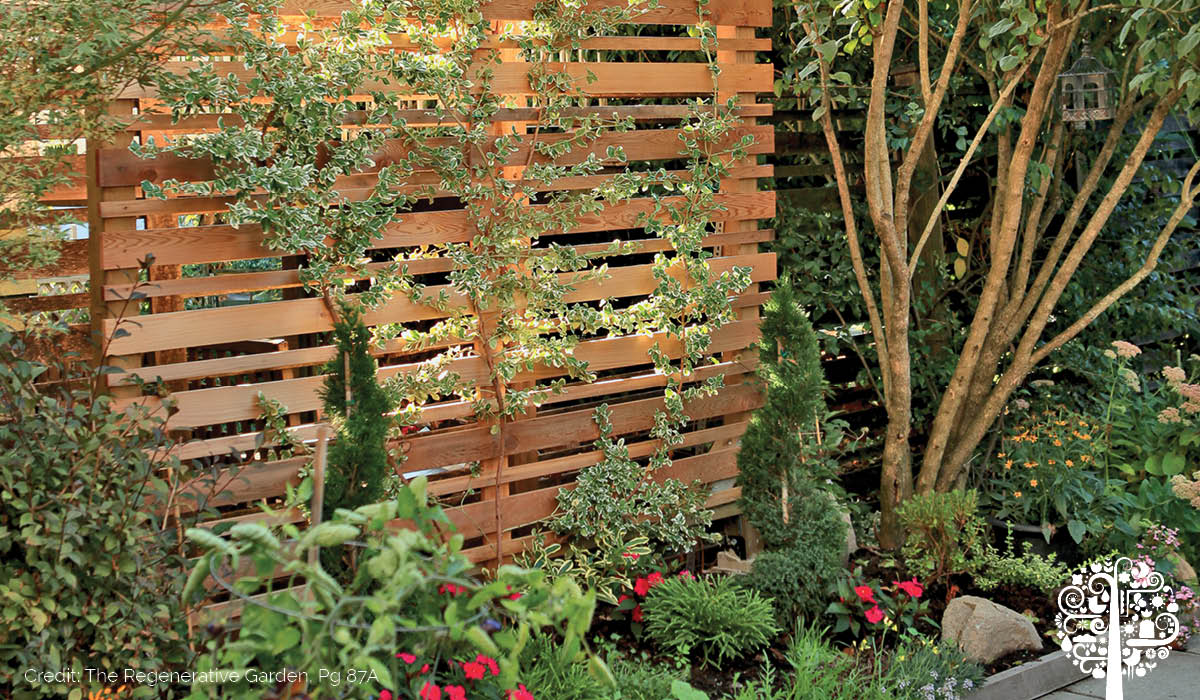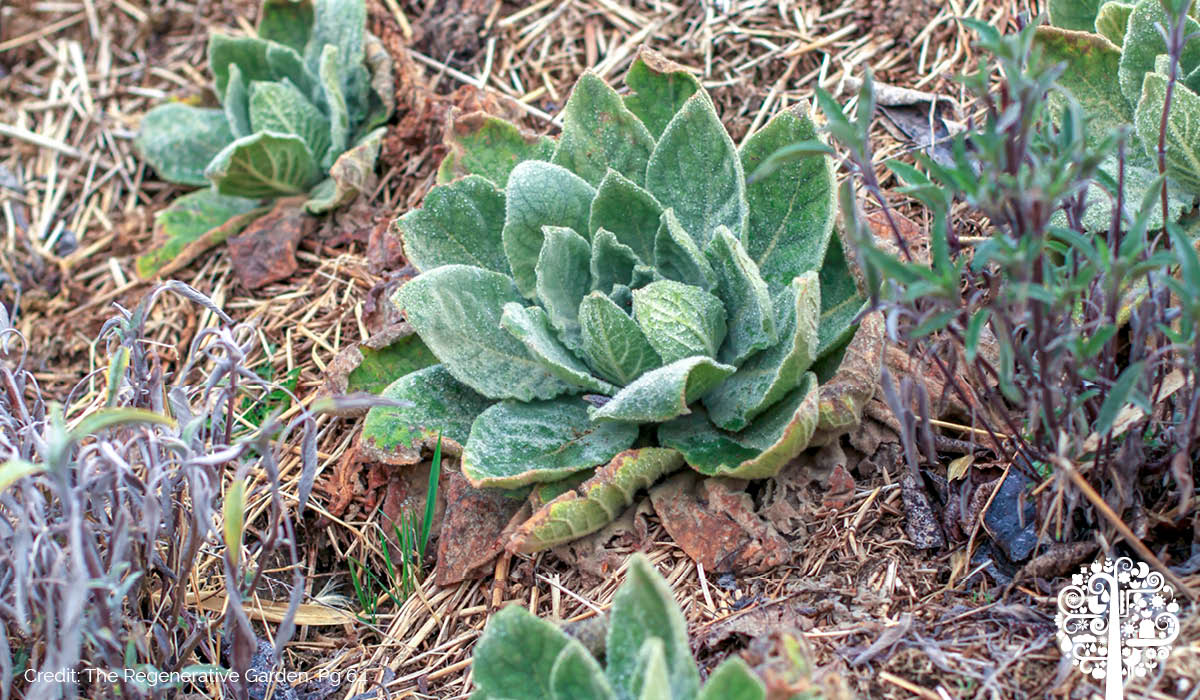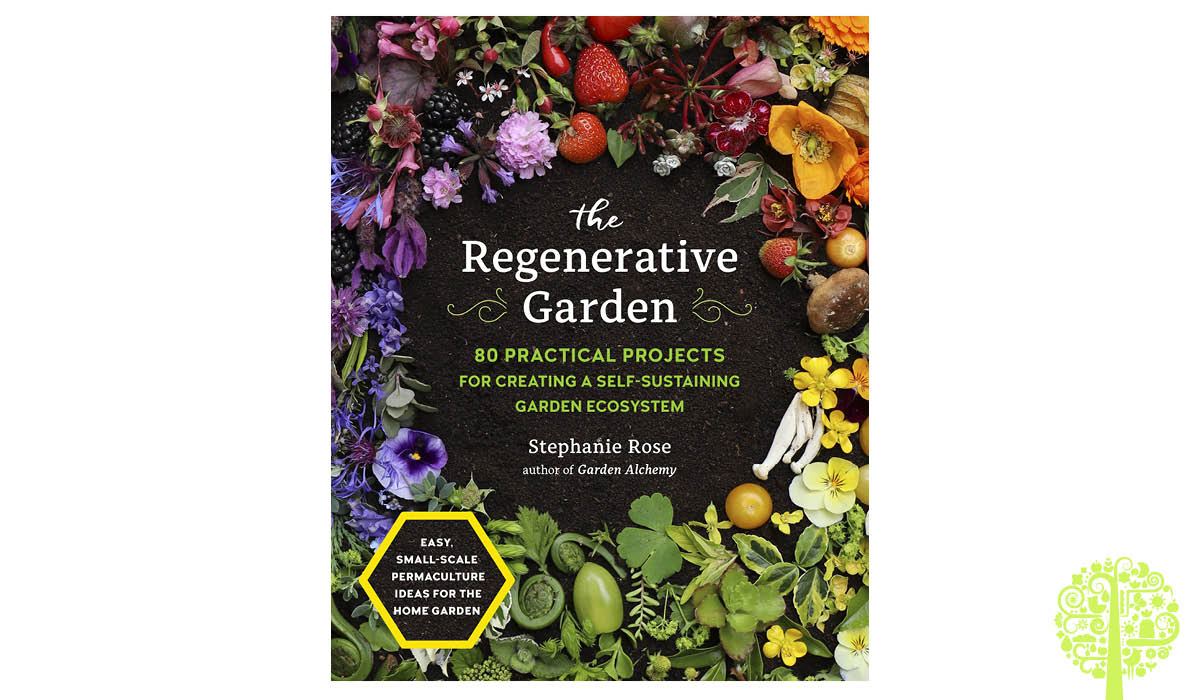The Regenerative Garden: Q&A With Stephanie Rose
Hot off the presses this month is a beautiful book every gardener should have! The Regenerative Garden 80 Practical Projects for Creating a Self-sustaining Garden Ecosystem offers tips and tricks to achieving lush, productive, and resilient flower and vegetable patches without a ton of work or expensive inputs. Flipping through the pages of this book will help readers learn how to better work with nature to create an eco-conscious paradise in any space, whether it be a sprawling backyard or a tiny patio. The Regenerative Garden is the way forward and deserves a spot on your bookshelf or coffee table; until you get your hands on a copy, we had a chat with the award-winning author Stephanie Rose about what inspired her to put her thoughts down on paper.
What made you decide to write a book about regenerative gardening?

SR: I started gardening to rehabilitate from a severe and sudden illness that left me disabled for almost eight years. Initially, I studied how modern folks garden: growing vegetables in raised beds, designed containers, and neatly spaced ornamental landscape plants. But the more I went back to basics and the ecology of the plants, soil, and wildlife, I could see that the way we are currently gardening is labor-intensive and wasteful. We bring in new soil, add plants in rows, weed the spaces around them, then toss away everything we cut back. It takes a lot of supplemental water and strips the soil of nutrition. How plants grow in a forest or meadow is a much more efficient design. In those environments, plants work together with each other, the soil, and wildlife as a self-sustaining ecosystem. I redesigned my gardens following those principles and have never looked back. I wanted to share the concepts of regenerative gardening along with easy and practical projects for home gardeners to include these concepts in their yards.
Can home gardeners follow this growing method even with a small balcony and a few containers?

SR: Absolutely! Each chapter of the book has several projects that can be used in small spaces, and in almost all cases, the projects are scalable to large or small gardens. I garden on a small, urban lot, so many of the projects are shown in my limited space with the intent that they are scaled up or down depending on what is available. The most important thing is to learn the “why” behind the projects because armed with that knowledge, the gardener can adjust the ideas to fit their individual needs.
The idea of growing naturally can be intimidating, but in practice, the concept is quite simple. So what are the very basics gardeners should know about regenerative growing?

SR: I’ve divided the practice into six segments, each of which has a dedicated chapter in the book: soil, water, plants, climate, ethics, and community. These concepts work together and interconnect to build a regenerative garden. We can grow self-sustaining ecosystems through learning about soil health; water catchment, storage, and use; the plants we choose; the climate or micro-climates we garden within; ethical use of resources and waste management; and seeing our gardens as but one piece within a larger community.
How have you seen your garden change and grow by following regenerative growing practices?

SR: With how passionate I am about gardening and how lush my gardens are, garden visitors are always surprised by how little effort I spend maintaining them. I started each of the gardens from either lawn or unhealthy/dead soil, but through working with each of the pieces of a regenerative garden, they are now thriving, fruitful, and mostly no-maintenance. The spaces invite wildlife, support community, reduce waste, recycle water, and work with my unique microclimate. In The Regenerative Garden, I share projects and concepts to get the gardens to this state. I made sure all projects were easy and accessible so other gardeners can feel the joy of a regenerative garden, along with challenging the orthodoxies of gardening today.
Your book offers many exciting project ideas for home gardeners and communities alike. The seed sharing library is one of my favorites! Can you talk about one of yours?

SR: I really love the idea of growing a Kindness Victory Garden and the Urban Flower Stand. Both of these projects allow the gardener to grow cut flowers in their garden to give them away. Cut flowers are so often overlooked in the home garden, especially with so many folks turning to gardening for food. These projects encourage gardeners to give away bouquets of home-grown flowers to community members, and as such, they are spreading a little joy that can lift someone’s mood. With the challenges we are facing worldwide, small seeds of kindness can grow into the flowers that we so dearly need right now.
What would you say to encourage gardeners to jump on the regenerative bandwagon?
SR: I can’t think of one good reason NOT to start a regenerative garden! Following the methods of Mother Nature makes our gardens less work, more productive, saves money, reduces waste, supports our communities, and replenishes our earth. I have written The Regenerative Garden with practical project ideas that are completely attainable and scalable for different needs. All the while, I encourage gardeners to give themselves a high five for every effort in this direction, without a hint of guilt for not doing enough. All steps towards a regenerative garden will help us all, so if the only thing you can do now is buy the book or take it out from the library, then that is worth celebrating! The more we learn and spread the word, the more we help the earth and all of its inhabitants.




